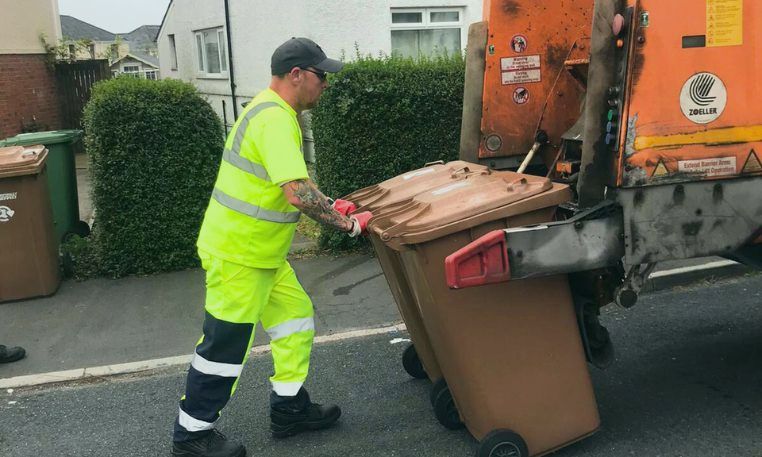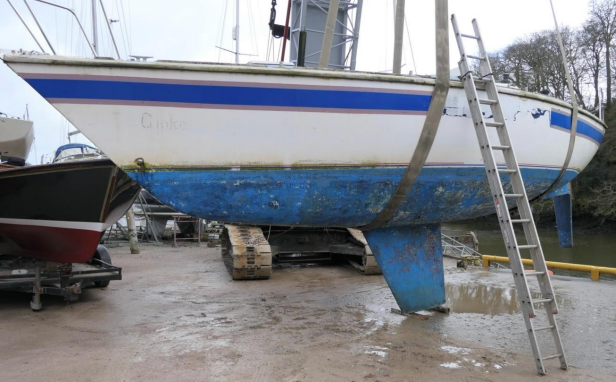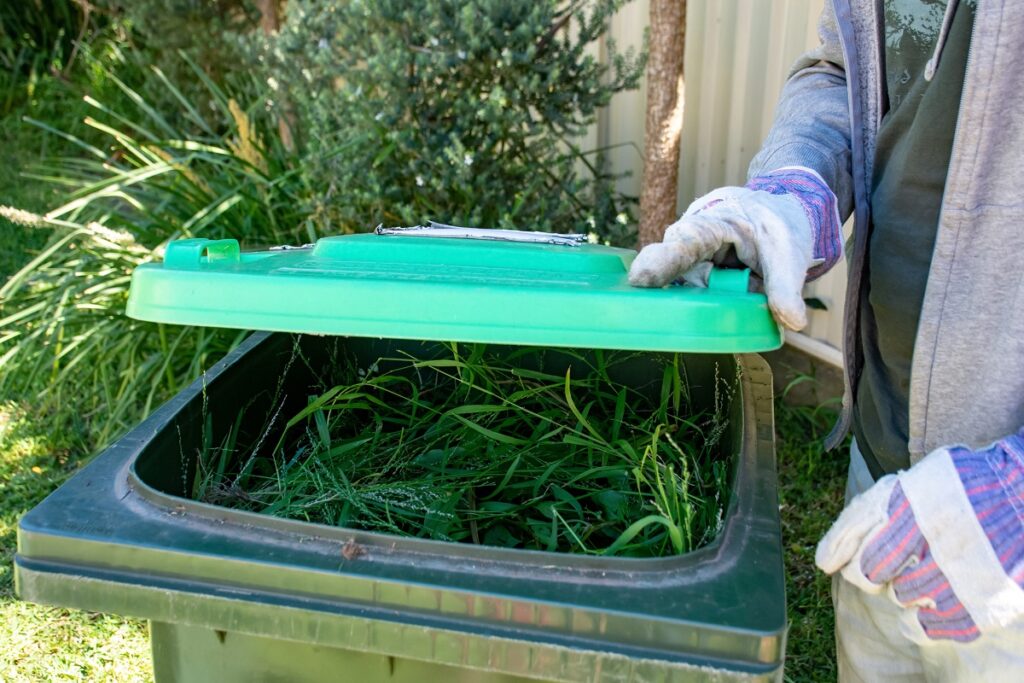The Veolia research, carried out by the Centre for Environmental Research at Londons Imperial College, took a fresh view of England’s waste and recycling infrastructure needs and for the first time assessed regional capacity as well as waste composition.
Using a different methodology to the Defra approach, the researchers found that England regionally needs new waste treatment infrastructure to handle 17.4 million tonnes of waste by 2020 ahead of any landfilling of biodegradable municipal waste. Defra in contrast, by limiting its approach to concentrating on biodegradable waste and the Landfill Directive targets, estimated that there would be a surplus of treatment provision in 2020 which meant it could drop funding support for PFI projects (see letsrecycle.com story). And, with the research based on 2009/10 data, the study team said that local authorities would be best able at a local level to assess likely changes in infrastructure since then.
The Imperial College scientists said they had particular concerns about the Defra model. Our findings demonstr- atedthat considering quantities of materials arising at a regional level was more realistic, using compositional data for household and specific waste-streams for commercial and industrial sources.
Defra has claimed that England will meet landfill diversion targets for biodegradable municipal waste in 2020 and accordingly cut its spending on large PFI projects. The Imperial College study finds that there will be 11.275 million tonnes of plant undercapacity compared to Defras expectation that there will be an overcapacity of 3.85 million tonnes of treatment facilities available.
The Veolia study counters Defra on two main fronts: first that specific types of infrastructure, such as recycling plants, composting facilities and energy recovery will be needed for different waste streams on a regional and local basis, and secondly that Defra simply produced a national total irrespective of where the facilities actually were.
The report also reasoned that Defra was wrong to look at residual waste on its own and instead should consider the different material streams within residual waste which can be used as a resource either through recycling/composting or energy generation.
Aggregation
Commenting at the launch of the study in London yesterday, Richard Kirkman, Veolias technical director referred to the regional approach taken by Imperial College rather than the national perspective adopted by Defra. He said: By taking a regional approach focusing on individual waste streams en masse, regional treatment facilities close to where they arise and the use of appropriate technologies, the flaws in a national aggregated methodology are revealed.
He added: It is a concern that Defra is aggregating all the facilities. For example, could you say that because there are enough hospitals and libraries in the North West then we shouldnt build any in the South East? This could be a 20 year mistake if we dont make the right decisions and will impact one or two generations going forward.
Robert Hunt, business development director at Veolia, commented: We dont want to be alarmist but getting these facilities on stream can take years.

And, Mr Hunt explained that the concept of waste travelling to facilities was not usually the best option for waste management with building facilities to handle local waste arisings much preferred. He said: If a facility assumes that it has incoming waste which has to travel to it, you will have to discount the gate fee. Waste travelling is not reliable, it is a false thesis and you cannot rely on getting it from elsewhere.
Investment
The academic who headed up the report team, Dr Nick Voulvoulis, explained that the study did not aim to criticise Defras work directly. Instead he said that he felt that Defras forecasting methods are a good progress check but not sufficiently detailed enough for investment decisions.
However, he did warn that Defras approach, in his opinion, was encouraging energy from waste theoretically. This was because the departments research failed to consider the composition of residual waste so leaving out encouragement of other treatment options such as recycling. He noted that local authorities could find reassurance from the research that facilities were still needed at the local and national level and that a mix of treatment options were also required.
The report concludes: In Defras 2020 Forecasting Report, the national aggregated figures do not reflect true needs. The assumptions made almost imply that waste can be transferred over whatever distance and to any facility in the country regardless of location, practical constraints and sustainability implications.
Assumptions
Explaining in detail how the different figures were reached (in table 15 of the report reproduced above), the researchers explained: The assumptions used in the Defra approach were tested and were shown to underestimate infrastructure needs When the two methodologies were applied for the same starting waste arisings for local authority collected waste (LACW) (51,609 mt) it was demonstrated that the assumptions of the Defra approach lead to an underestimation of the theoretical capacity requirement and therefore of the subsequent waste infrastructure of the capacity need (calculated by subtracting the available waste infrastructure capacity for 2009/10, (29,479 mt).
Waste Infrastructure Requirements for England
The Imperial College report is available as a PDF
The Imperial College team continued: The real difference comes in Defras theoretical required capacity based on the 68% biodegradability of waste arisings at the national level (35,094 mt) to our theoretical required capacity calculated as the sum of appropriate treatment facilities for the different waste streams at each region (46,176 mt)….
Furthermore in order to relate the gap to the 2020 targets the capacity need this was further reduced based on the amount of BMW that would be allowed to go to landfill (taking into account that in our approach we had already sent some biodegradable materials to landfill) resulting in 10.2 mt in the Defra approach and 6,150 mt in this study). The predicted overcapacity (3,855 mt) using Defras methodology for 2009/10 data clearly contradicts the real undercapacity for that year (indicated as amount of waste that went to landfill) which was closer to our prediction (11,275 mt).”












Subscribe for free